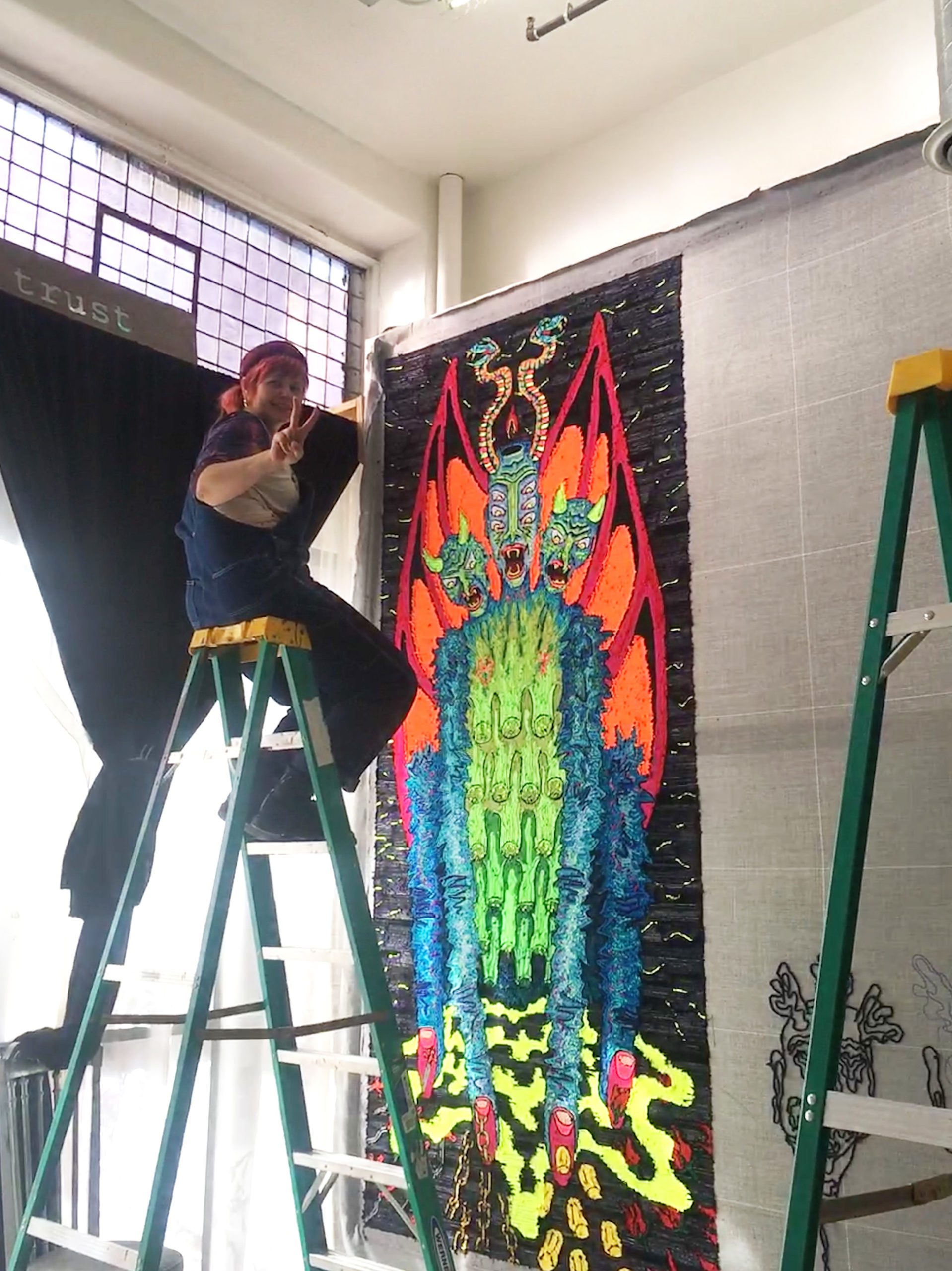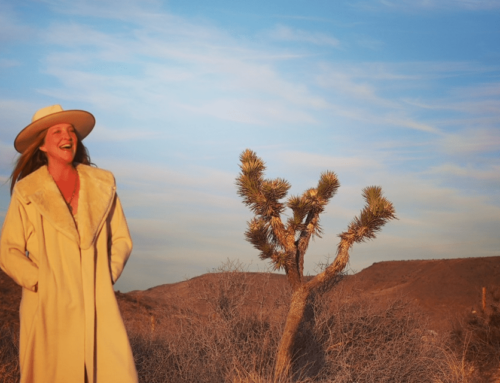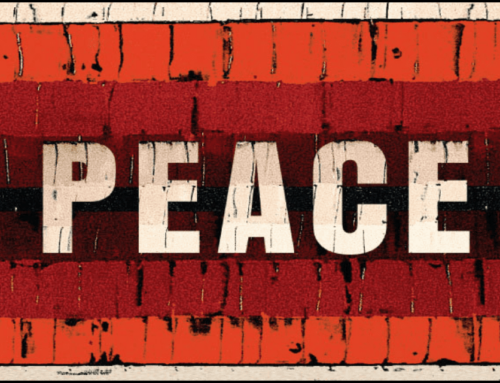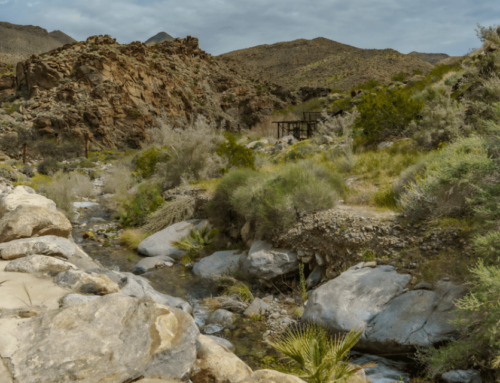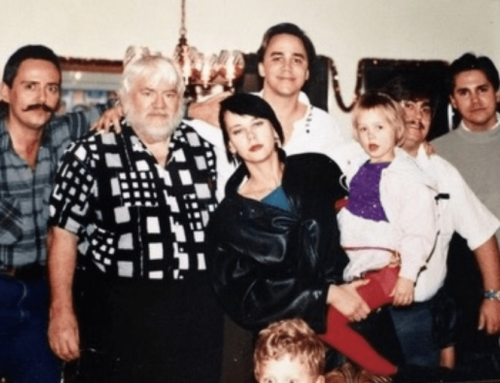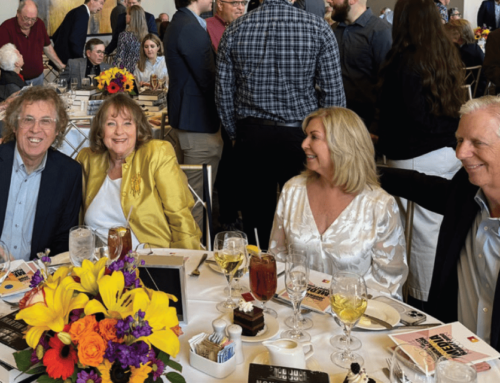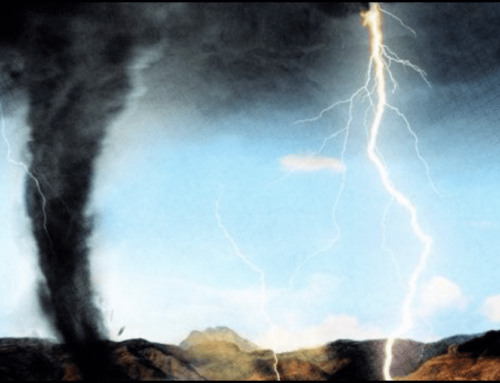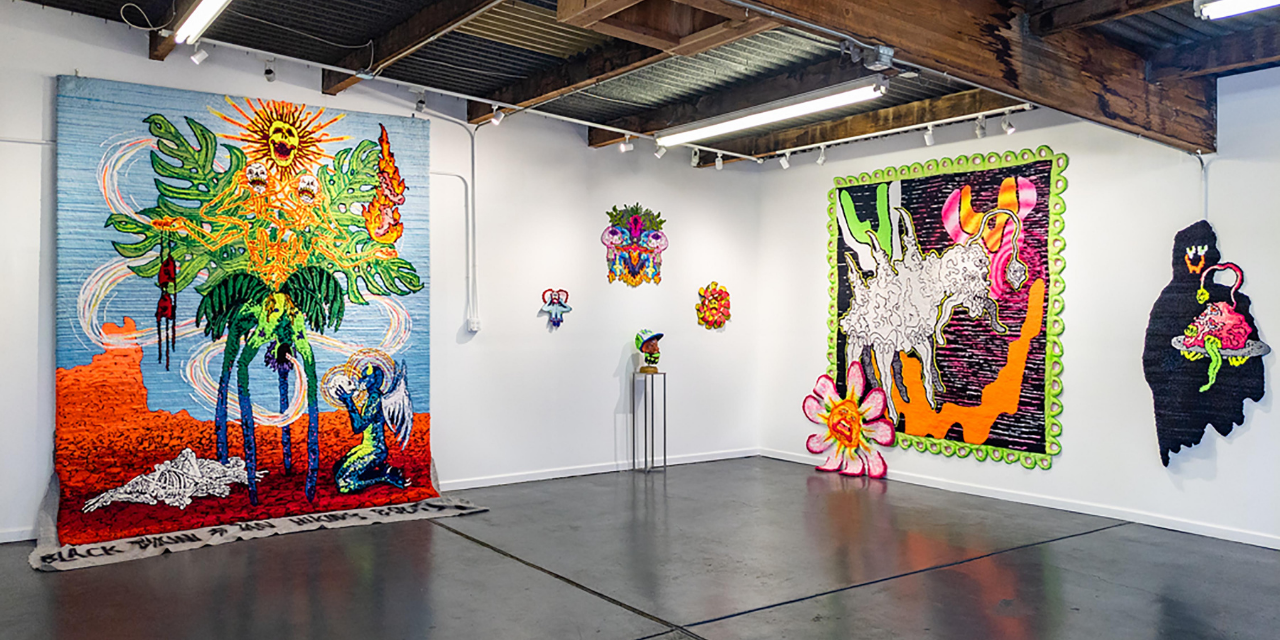
A Textile Mythology: The Work of Svetlana Shigroff
By Katie Nartonis
Photo Credit: Bill Dunleavy, Cory Hackbarth and Svetlana Shigroff
Svetlana Shigroff is a high-desert artist and educator, whose large-scale textiles are populated by strong characters and visionary beasts. Bold imagery, rich colorization, and a dash of dark humor all make an appearance. The artist, who moved to California from the Sunshine Coast of Australia, shares some thoughts with The Joshua Tree Voice on the powerful images that appear in her work. Shigroff also touches on the historical significance of textiles, and the widening conversation about the medium in contemporary art.
JTV: Your work has a mythical quality, tell us about your lexicon:
“I have a keen interest in the concept of transformation. I’m drawing my inspiration from my family’s history of migration, along with our struggles of identity, mental health, and violence. There’s never a moment where this historical canon doesn’t influence my visceral responses to our current political and social climate. I’m thinking about the ephemeral quality of truth, the multifaceted nature of narrative, and the fragility of the human condition. These mythological anti-heroes are created from a desire to alter the notion of victimhood by immortalizing the memory of people, events, and movements into symbols of potentiality and transmutation.
One of the motifs that continues to pop up in my current work is the screaming skull. It first appears in my piece, “Black Bikini and Tan Hiking Boots.” I finished this piece in early 2020, having spent about 4 months completing the work in a studio on 5th street, in dtLA. It was inspired by a news article about an older woman disappearing in the Mojave Desert while hiking with her husband. The article emphasized her attire in relation to her age more so than the fact she disappeared under suspicious circumstances. She was never found, but because she was white, there were a few articles written up about it.

There are so many women, majority of which are women of color, that never get named. I read that last year alone, over 750 Native American women and girls have disappeared in the Mojave without proper investigation. The screaming skull came to symbolize a precipice – a moment of immense violent transformation where a woman’s life-force is forcibly transferred from one realm to another. We went into lockdown only weeks after I finished this piece and I spent a lot of time ruminating on the layers of meaning this symbol had within the context of a pandemic whilst horrific injustices at the hands of law enforcement and social unrest were ongoing. Since then, the screaming skull motif has carried through extensively in my work.”
JTV: Textiles have recently experienced a resurgence and legitimacy not seen since the 1960s and 1970s. Why do you think this is happening now?
“The increased representation of textile art and artists may stem from a number of factors, but I believe textiles and fiber as a medium is intrinsically intertwined historically with the feminist and social justice movements. Artists have continued to use this medium to convey messages of protest and personal storytelling. I believe that is the combination of years of intense political tensions, the creation of the Black Lives Matter movement, the rise of intersectional feminism, the accessibility and speed in which countercultural ideas disseminate amongst our communities.
Technology has also played an important role in the exploration of materials with the use of optic fibers, electronically conductive textiles, textiles reactive to sound and chemicals, 3D printing for textile structures, laser cutting and computer-aided jacquard weaving. Artists that are using these new textiles as a form of self-expression are bringing art and design closer together in ways that blur the definition of these genres.
Due to my own explorations in technique and material, I have a fairly loose definition of what contemporary textiles are. I fall in love with work that shows both an attention to traditional textile techniques and craft, but where innovation in playfulness and urgency have resulted in new ideas and applications. I greatly appreciate work that blurs definition, doesn’t always take itself too seriously and has a soul.”
JTV: You split your time between Landers and Los Angeles. How has this dichotomy of environment effected your work?
“In Australia, I would commute back and forth between the city and my hometown every other week for work and family. Having the opportunity to travel back and forth from Los Angeles to the desert is one that feels familiar. California, in general, reminds me of Australia. So it’s never felt like a huge shift to be residing in these two locations simultaneously.
I engage within multiple communities and I’m sure it blurs the way people perceive me as an artist. People may feel more comfortable being able to define an artist by geographical location, but I have roots down in two places and I am privy to the nuances and complexities of both. Rather than seeing this as a hindrance, I believe it to be enriching and influences my work greatly in terms of context and imagery. I blend geographical and cultural references of both.
I have also been able to participate in mutual aid efforts that span both regions, distributing resources that support the efforts of community leaders and perhaps the most challenging aspect has been to witness the burnout of these groups due to the sheer weight of what is needed and the lack of support systems in place to assist those with their boots on the ground. There is a great need for mutual aid efforts but not enough resources and sensitivity to support those wanting to enact change within their communities.”
Svetlana’s next rug-making workshop starts May 20 out of her Flamingo Heights studio. More information is available at svetlanashigroff.com.
About the author:
Katie Nartonis is an art and design specialist, writer, curator and filmmaker who lives in Yucca Valley. Her passion is telling the stories of artists and their work. She is inspired by the creatives who live here in the high desert. www.thenartonisproject.com
